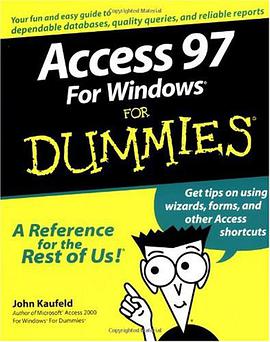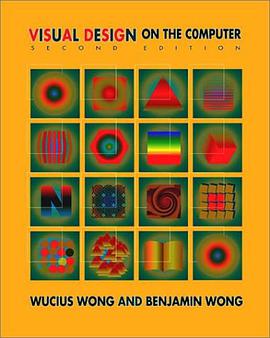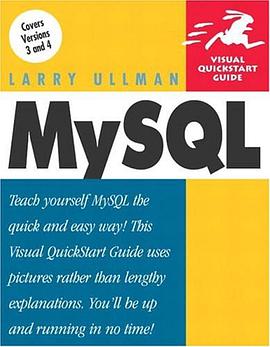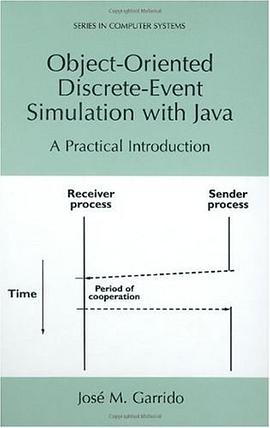

The general question addressed in this book "How can human organizational principles be used for multi-agent architectures?" is answered by an exploration of the possibilities to design multi-agent systems as artificial organizations. Key topics of this book: - a framework for multi-agent system design, based on human organizational notions and principles for distributed intelligent systems design - "Coordination mechanisms" in the form of "Problem Solving Methods," which can assist "Managers" and agent engineers in reasoning about coordination - the "Five Capabilities (5C) model" which is a conceptual framework bases on a generalization of typical agent intelligence competences, such as "autonomy," "interaction," "pro-activeness" and "reactiveness" - a multi-agent architecture capable of (semi)automatic reuse of Problem Solving Methods - "Ontology-based communication," in which the meaning and intention of message contents in agent communication is specified in "message content ontologies."
具体描述
读后感
评分
评分
评分
评分
用户评价
相关图书
本站所有内容均为互联网搜索引擎提供的公开搜索信息,本站不存储任何数据与内容,任何内容与数据均与本站无关,如有需要请联系相关搜索引擎包括但不限于百度,google,bing,sogou 等
© 2025 book.wenda123.org All Rights Reserved. 图书目录大全 版权所有




















